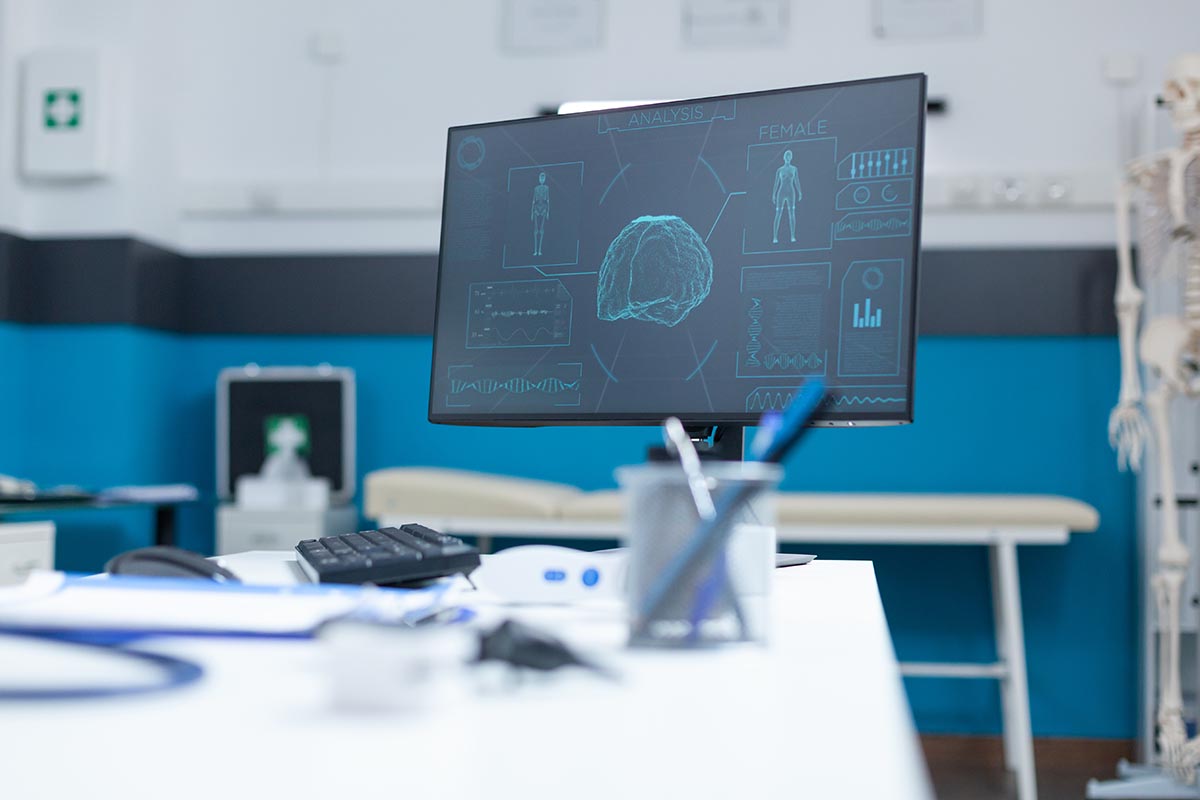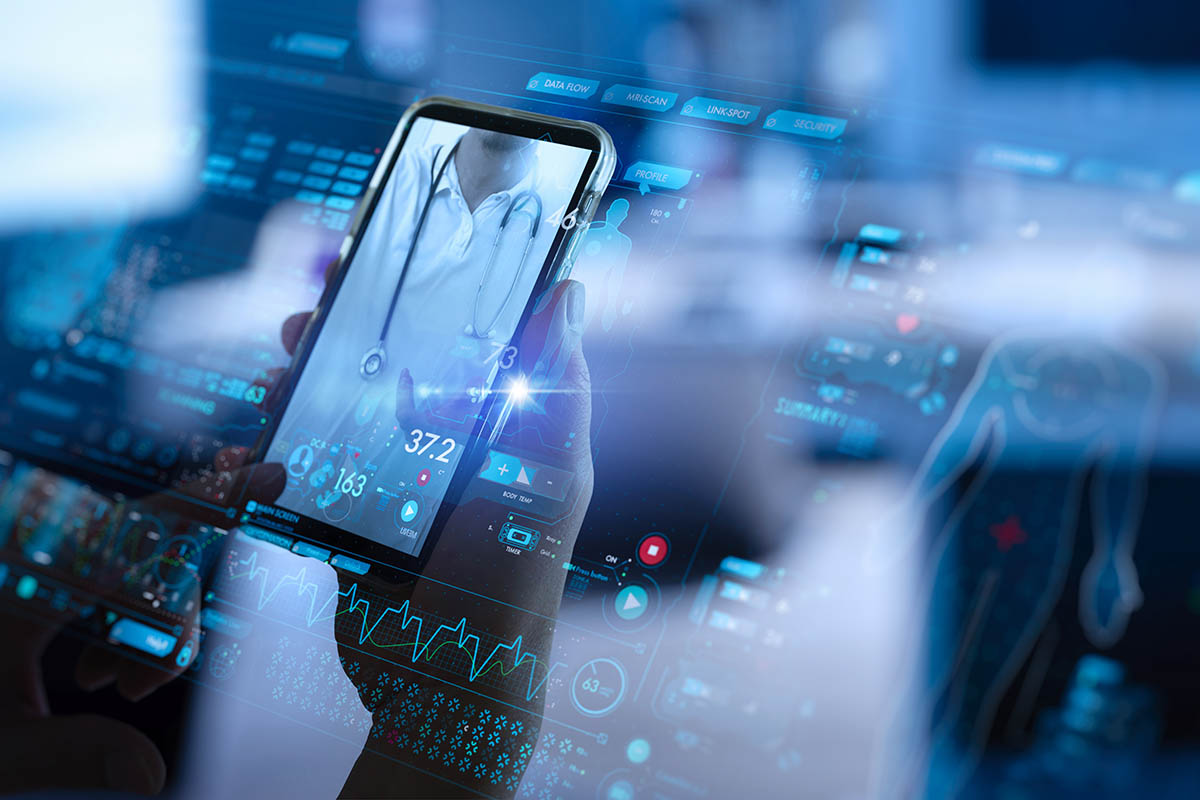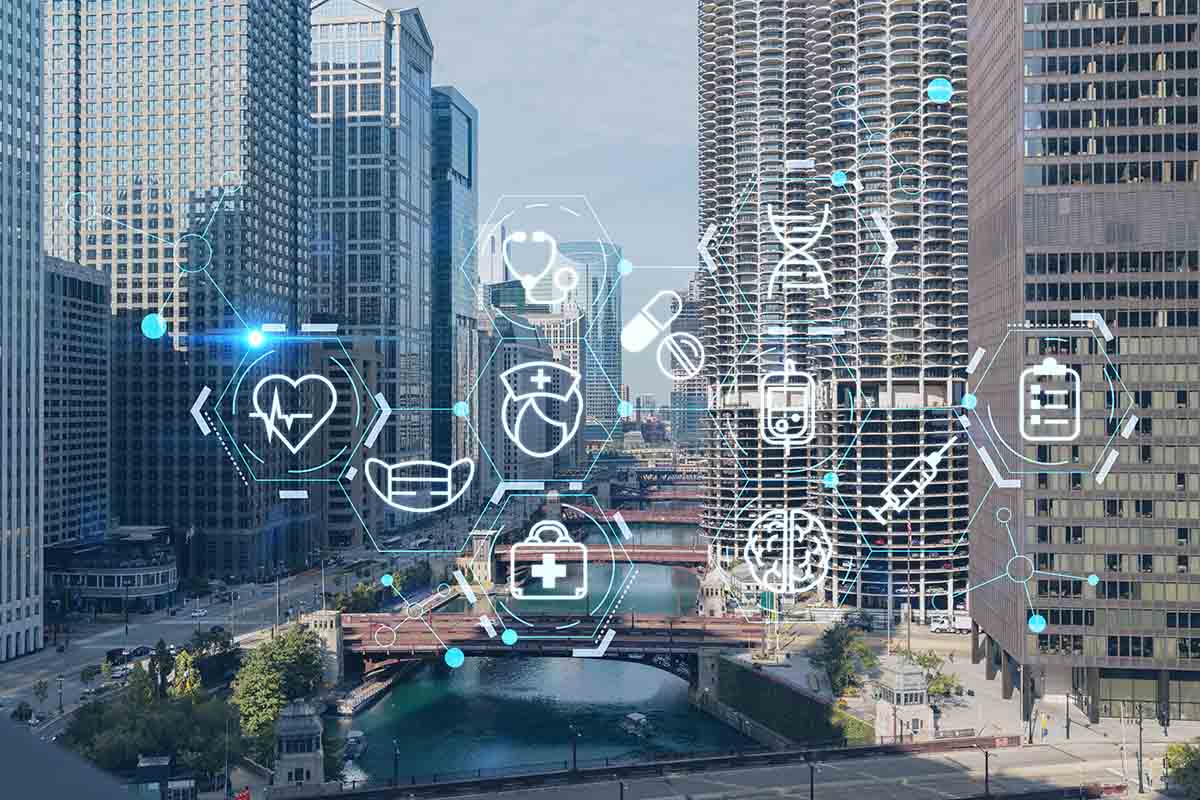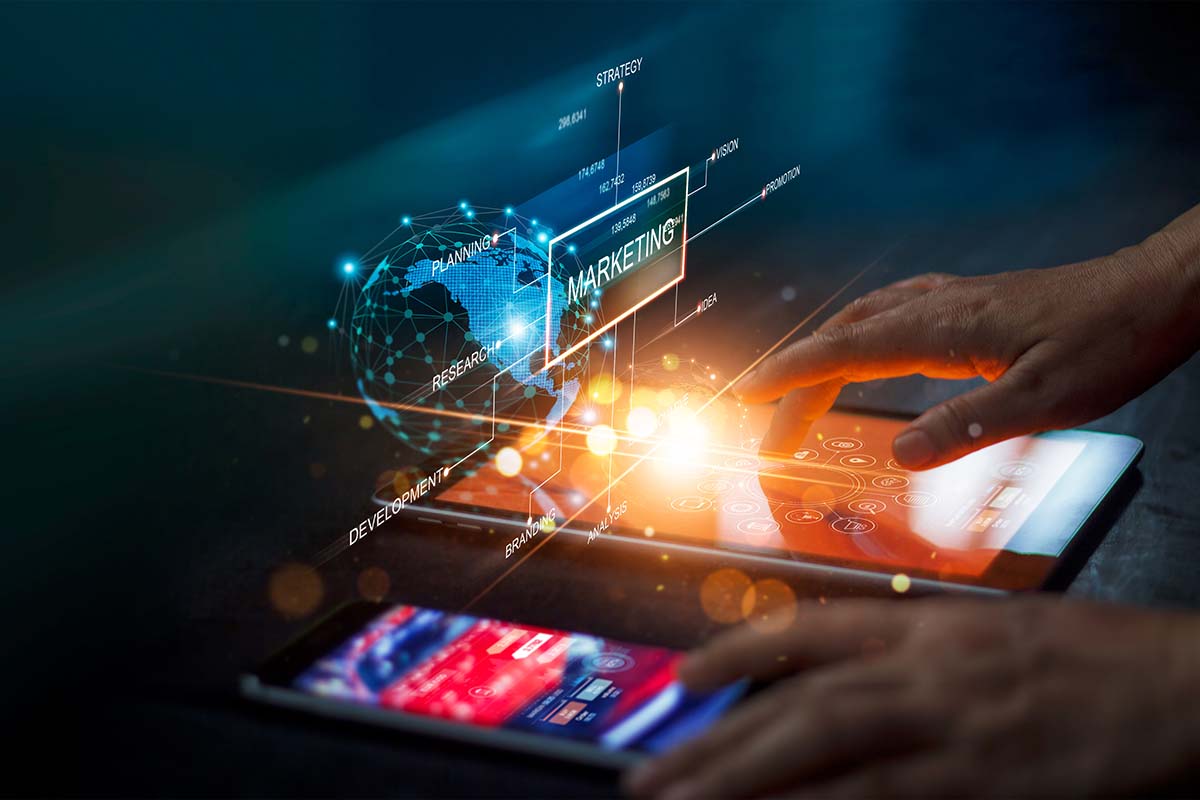Today, your Apple watch does more for your health than your doctor’s. The truth is that doctors depend on data, metrics, and what their tools pick up while checking up on a patient.
There are two considerable flaws to their system inherent to their profession — They can only track data and symptoms while they have the patient within their infrastructure – in other words, in their office or clinic. And two, up until a couple of years, their tools were not as sophisticated or finely tuned.
Today, they are no longer hampered by bad tech or physical constraints. This is partly due to IoT devices and how they have revolutionized the medical process. In this article, we’ll give you a bird’s eye view of what IoT in healthcare refers to, and we’ll dig deep into the challenges it presents.
IoT in Healthcare: What is IoT in healthcare?
IoT – Internet of Things – in healthcare refers to integrating internet-connected devices into the healthcare industry. IoT devices, such as wearable fitness trackers, intelligent medical devices, and connected equipment, can collect and transmit vast amounts of data, allowing for continuous patient monitoring and analyzing health-related information.
In healthcare, IoT solutions and technology can help improve patient outcomes by enabling early detection of medical conditions, reducing medical errors, and improving the overall efficiency of the healthcare system.
For example, wearable devices can monitor vital signs and alert healthcare providers in case of abnormal readings. In contrast, intelligent medical equipment can automatically track and manage inventory levels, reducing the risk of equipment shortages.
The use of IoT in healthcare has the potential to transform the way that healthcare is delivered, helping to improve patient outcomes and reduce costs while enabling healthcare providers to provide more personalized and efficient care — and IoT healthcare solutions are relatively new tech, one that’s still being developed, one that is in constant flux and evolution. We are only now understanding its capabilities and potential.
Benefits of IoT healthcare solutions
Let’s look at some of the aid and valuable perks this technology brings.
Remote Patient Monitoring
IoT devices, such as wearable sensors and intelligent machines, can transmit real-time health data to healthcare providers, allowing for continuous patient monitoring, even when not in a clinical setting. This can help to improve patient outcomes by enabling early detection of medical conditions, reducing medical errors, and improving the overall efficiency of the healthcare system.
Improved Clinical Decision Making
IoT tech can collect and analyze vast amounts of patient data, providing healthcare providers with insights to inform their clinical decision-making. For example, data from wearable devices can be used to monitor patient activity levels and track changes in vital signs, allowing healthcare providers to identify potential health problems early on — and with the introduction of AI models and interfaces, these devices can even predict outcomes and the possibilities of crisis.
Using IoT interfaces and their mail platform, an exercise by Google managed to pinpoint the exact location of a rather nasty stomach virus. How? Using Geolocation, medical discharges, and SER – Search Engine Results – data and then correlating it with restaurant reservations, the tech giant uncovered where patient zero had originated from and what bistro needed a quick inspection by the Health and Safety.
Increased Efficiency
IoT applications in healthcare can help improve the healthcare system’s efficiency by automating processes, reducing wait times, and freeing up healthcare staff to focus on more critical tasks — innovative medical equipment can automatically track and manage inventory levels, reducing the risk of equipment shortages.
Better Patient Engagement
IoT solutions can also help improve patient engagement by enabling patients to be more actively involved in their care. For example, patients can use wearable devices to track their fitness levels and monitor their health progress, allowing them to take a more proactive approach to their health and well-being.
Reduced Costs
By enabling remote patient monitoring and improving the healthcare system’s efficiency, IoT technology can reduce costs and increase access to care. By reducing the need for in-person visits and reducing medical errors, healthcare providers can provide more affordable, high-quality care to patients.
Challenges of IoT in healthcare 
While IoT solutions in healthcare are poised to transform the industry, several challenges must be addressed to realize their potential fully. Some of the key challenges include:
Privacy and Security Concerns
Collecting and storing sensitive patient data through IoT devices raises essential privacy and security concerns. Ensuring the confidentiality and security of patient data is critical, and healthcare providers must take appropriate measures to protect sensitive information from cyberattacks and unauthorized access.
Interoperability
IoT solutions and devices from different manufacturers often use different technologies and standards, making it difficult for them to communicate with each other. This can result in compatibility issues and prevent healthcare providers from effectively integrating IoT technology into their existing systems.
Regulation
The healthcare industry is heavily regulated, and IoT tech must comply with various national and international laws, guidelines, and regulations, including data protection, privacy, and patient confidentiality laws. Ensuring IoT devices and solutions comply with these regulations is a significant challenge for the healthcare industry.
Data Quality and Accuracy
The quality and accuracy of the data generated by IoT devices are critical to their success. Ensuring that the data collected is accurate and reliable is a significant challenge. Healthcare providers must be able to validate the data generated by IoT devices to ensure that it can be used to inform clinical decision-making.
Integration with Existing Systems
Integrating IoT solutions into existing healthcare systems can be a major problem, as it often requires significant changes to existing workflows and processes — not to mention staff training. Healthcare providers must be able to effectively integrate IoT technology into their existing systems to realize its full potential.
Cost
Although costs have decreased over the years, and in many cases, some of these devices have become ubiquitous – for example, the Apple Watch, there is still a financial challenge to consider. IoT solutions vary in cost and quality; as such, it is critical to consider monetary constraints when accessing what a practice can and cannot integrate.
Infographic created by SpecialDocs Consultants, a medical practice consulting company
How to apply IoT technology in healthcare?
To effectively apply IoT solutions in healthcare, providers must consider their patients’ and organizations’ unique needs and requirements. Each practice is different, and how you conduct your business differs from your peers.
They must also consider privacy and security concerns, ensure interoperability with existing systems, comply with regulations, and validate the quality and accuracy of the data generated by IoT devices. By working closely with technology vendors and regulators, healthcare providers can integrate IoT tech into their existing systems and processes to deliver more personalized and efficient care while improving patient outcomes and reducing costs.



















